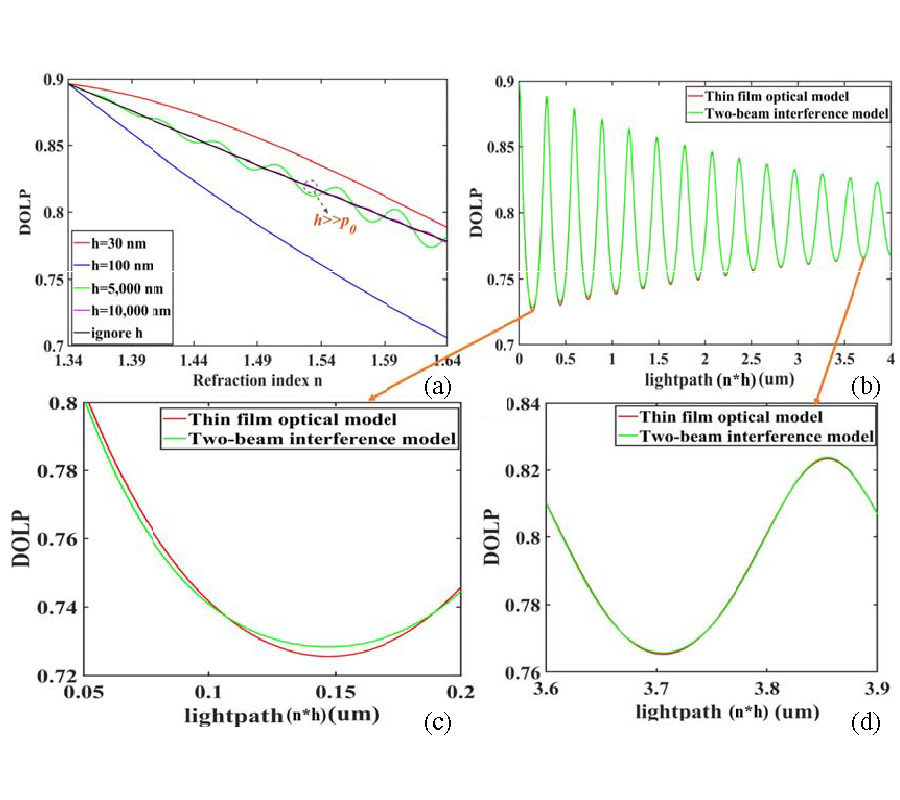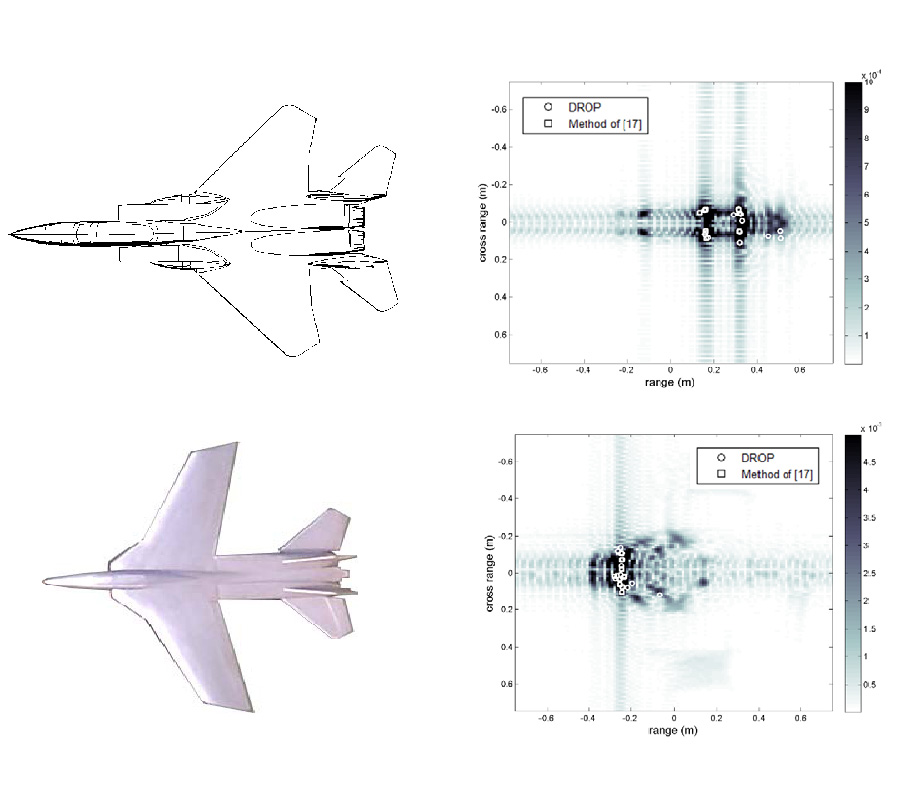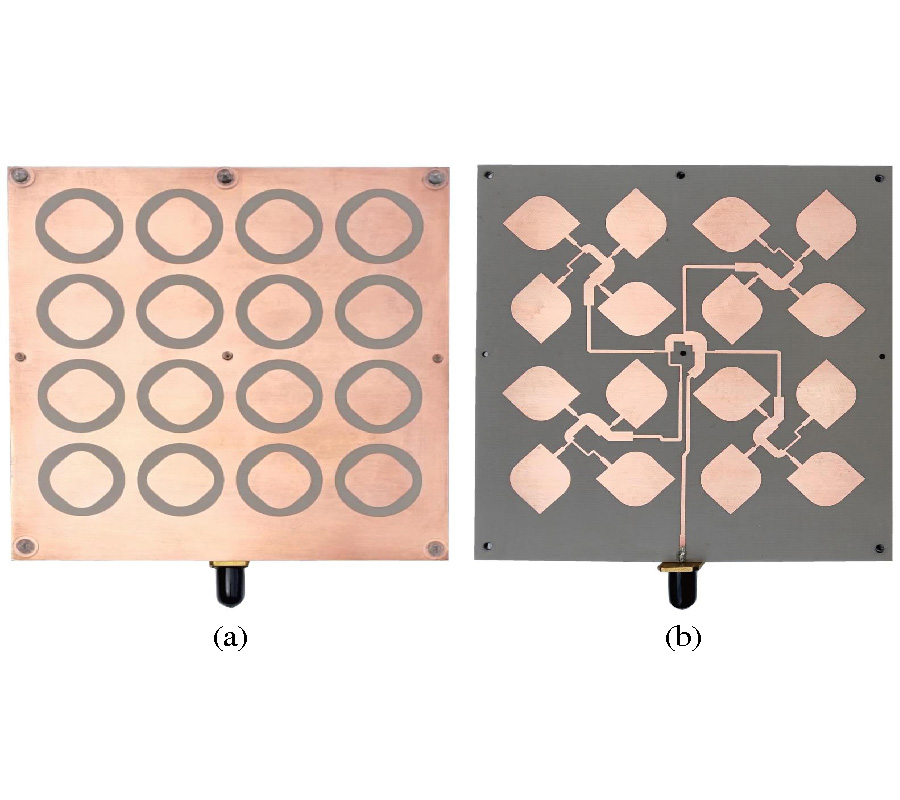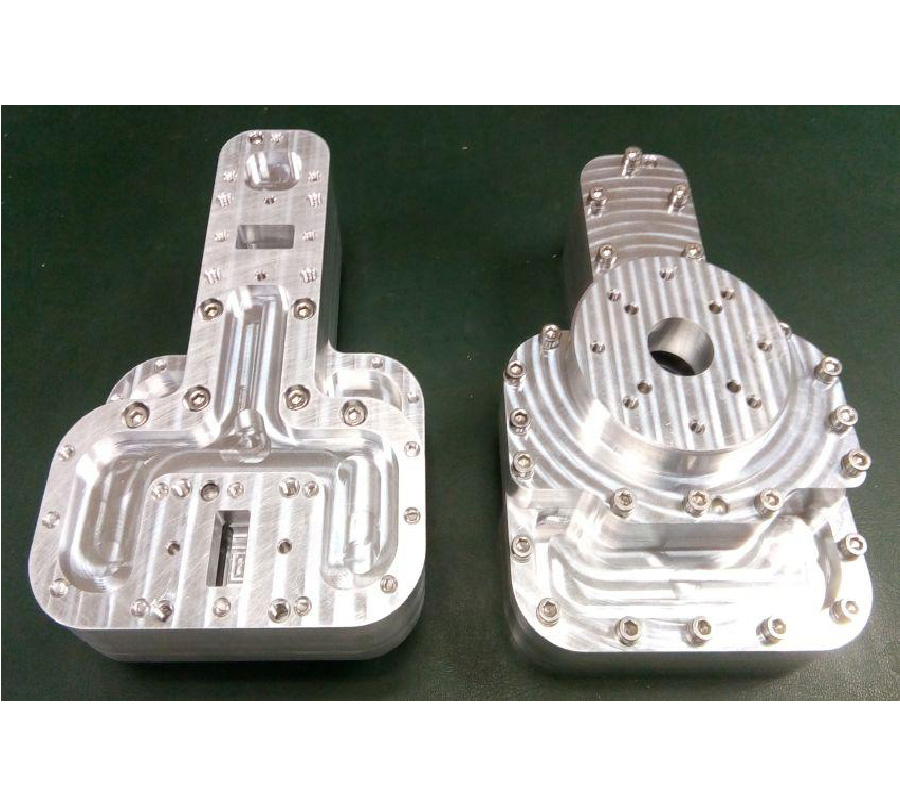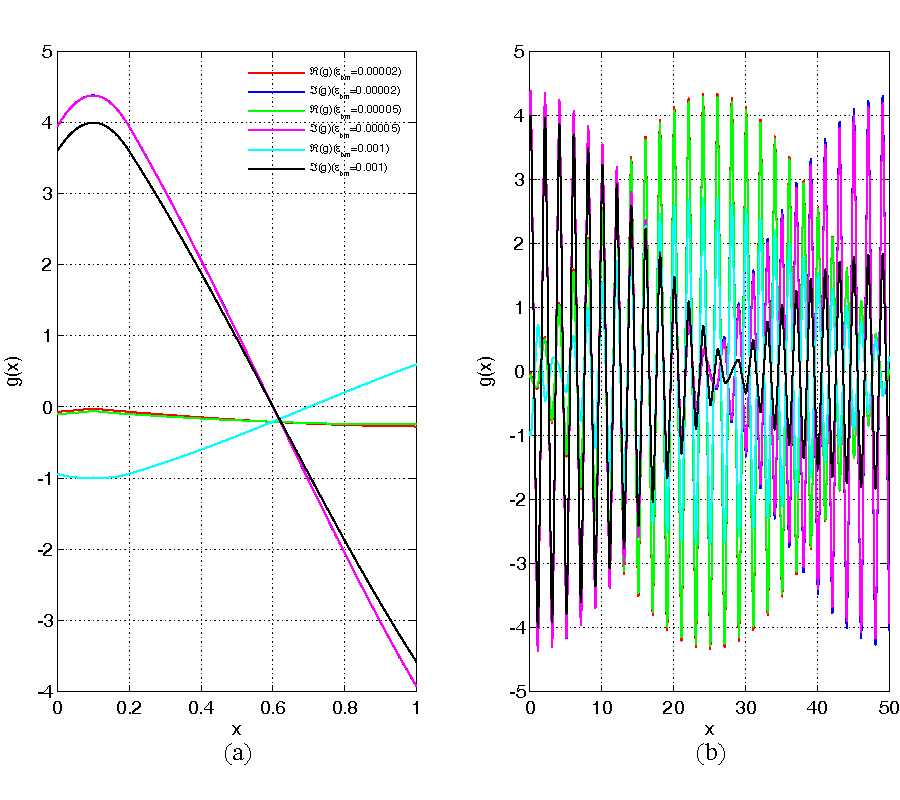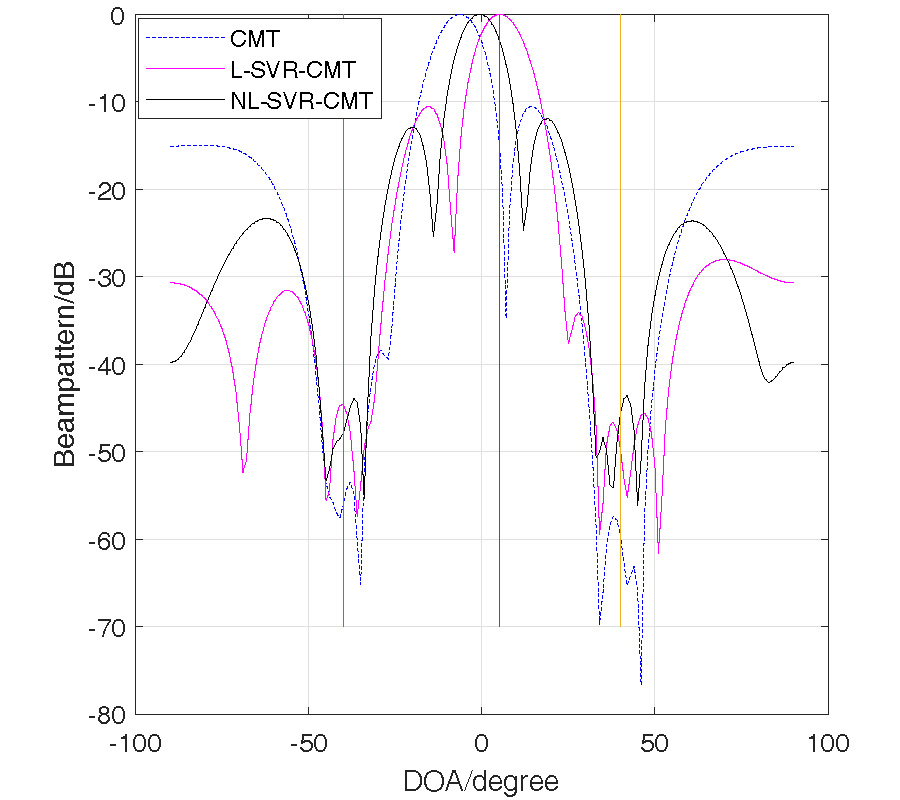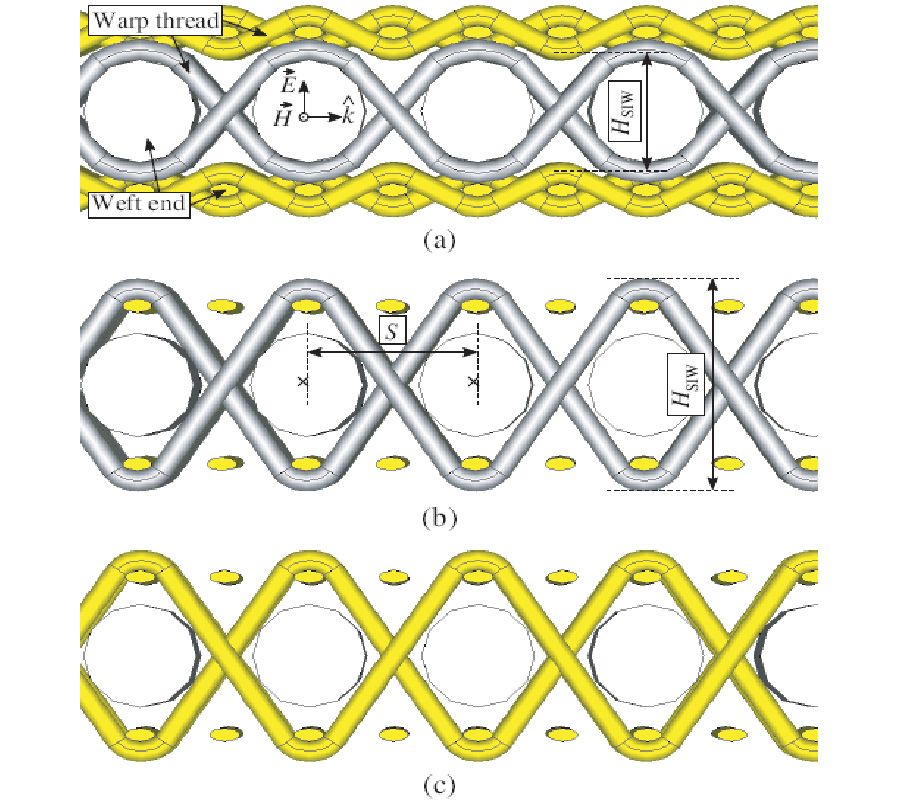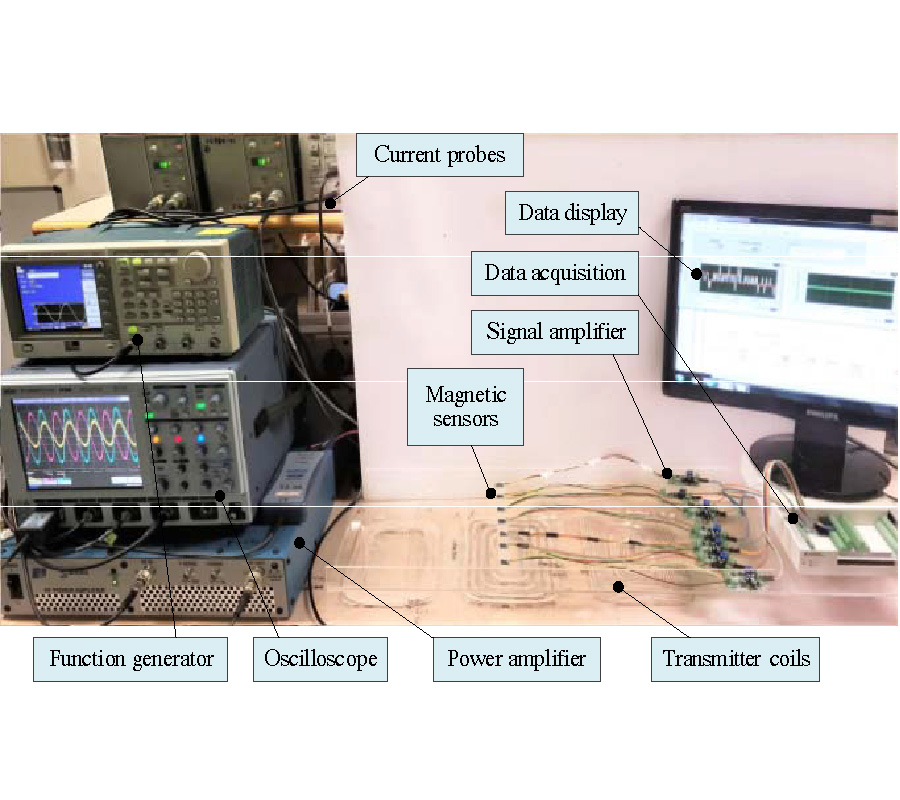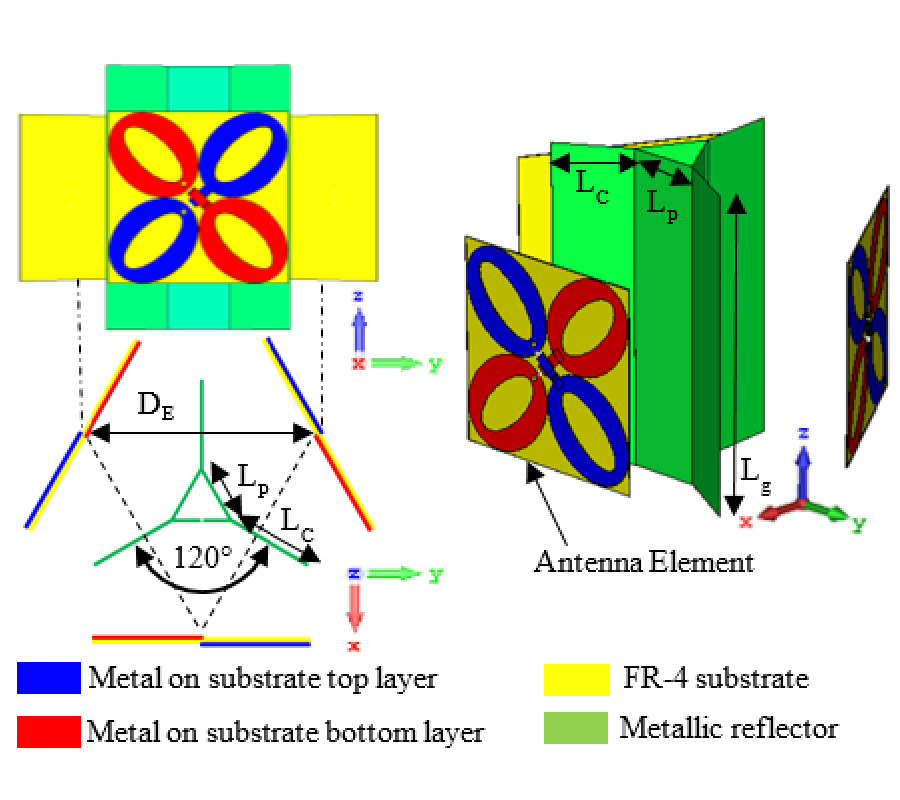Three-Dimensional Fully Interlaced Woven Microstrip-Fed Substrate Integrated Waveguide
Leticia Alonso-Gonzalez,
Samuel Ver-Hoeye,
Miguel Fernandez-Garcia and
Fernando Las Heras Andres
A three-dimensional fully interlaced woven microstrip-fed substrate integrated waveguide has been designed, manufactured and experimentally validated. The waveguide has been conceived based on the conventional substrate integrated waveguide (SIW) technology and works in a range of frequencies between 7.5 GHz and 12 GHz. The SIW structure is suitable to be translated into different equivalent woven structures depending on the characteristics of the employed threads, as it has been presented in previous works. In this work, a structure based on rigid weft threads has been employed with the aim of translating both the waveguide and the corresponding SIW to microstrip transitions, into woven patterns and, therefore, achieving the main purpose of a complete integration of the circuit into the textile, avoiding the use of external transitions for its validation. Consequently, three prototypes, using three different lengths, have been manufactured and experimentally characterised, and the theoretically predicted behaviour of the prototypes has been experimentally verified.
